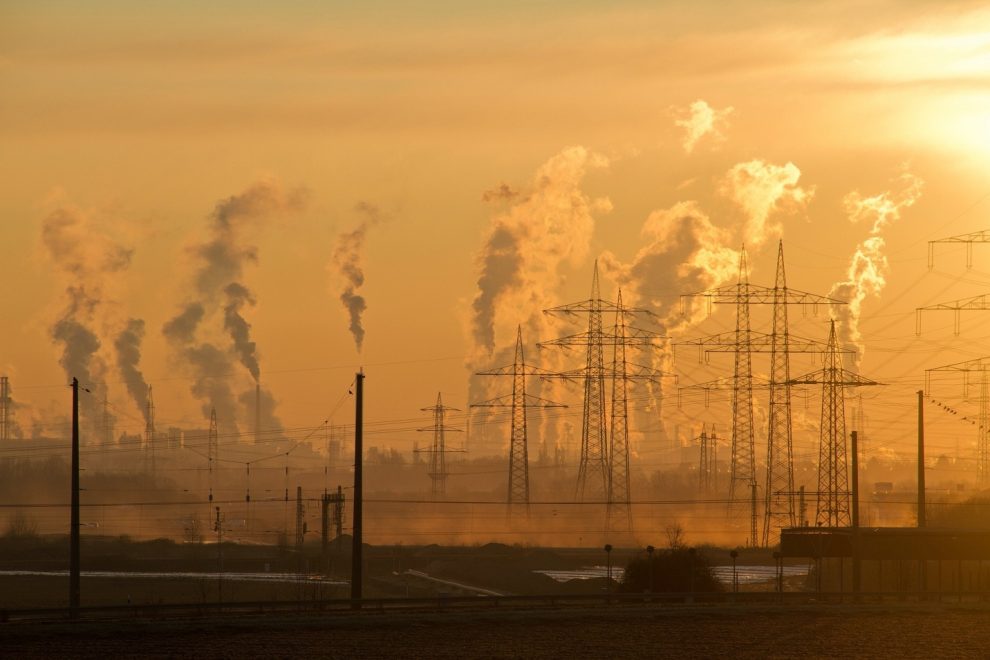Seven of the ten most polluted cities in the world are in India
AQI 153 in Bengaluru in February 2020 falls in ‘unhealthy’ category
Insomnia, restlessness and heart ailments are few diseases that have been linked to prolonged exposure to polluted air. Inflammation and asthma are also two rampant side effects of air pollution. Another common outcome of exposure to air pollution is Chronic Obstructive Pulmonary Disease (COPD).
Air pollution has various causes the most common amongst them being burning of garbage, vehicular exhaust and industrial exhaust. The Air Quality Index (AQI) (Particulate Matter 2.5) in Bengaluru as on 15th February, 2020 was recorded at 153 which is categorized as ‘unhealthy.’ These statistics are measured by India Central Pollution Control Board (CPCB) and the values are in the US EPA AQI (United States Environmental Protection Agency Air Quality Index) Standard. AQI is an index that measures air quality on a daily basis. AQI is an indicator of how clean or polluted your cities’ air is and its resulting health effects on inhabitants. If AQI is in the ‘unhealthy’ range, everyone breathing that quality of air might experience some health issues.
The Karnataka State Pollution Control Board (KSPCB), in 2019, declared their mission to bring the AQI of Bengaluru down to 50 or less by 2024. However, with Bengaluru’s vehicle population crossing 80.45 lakhs by the end of the financial year (FY) 2018-2019, and approximately 1,750 new vehicles getting registered in the city every day, the target of bringing AQI below 50 or less seems bleak at the moment. Apparently, the state government is promoting registration of more electric vehicles to bring about this change in air quality.
Exponential increase in construction activity with no proper debris disposal methodology; out of sync garbage management; dust on roads that are being dug up; and loss of green cover are other factors that have contributed to the increase of particulate matter in Bengaluru. The increase in PM10 and PM2.5 as well as other harmful air pollutants in Bengaluru has resulted in a huge rise in respiratory issues amongst the people of the city.
A study released in 2019 by IQAir AirVisual and Greenpeace identified a bunch of cities with the highest degree of polluted air. India stole the show with seven of the ten most polluted cities and 22 of the 30 most polluted cities located in the country. According to the study, Gurugram emerged as the most polluted city in the world, a city with a population of almost one million people. The cost of air pollution of this magnitude is significant on human health as well as a countries’ economy. Air pollution has been known to cause around seven million premature deaths globally and reduces life expectancy by 1.8 years, and is more harmful than smoking. The World Bank estimates that air pollution costs in India are almost 8.5% of the GDP (Gross Domestic Product) of the country.
India launched a National Clean Air Programme in January 2019, almost a year ago. This program aims to reduce particulate pollution in India by 20 to 30% over a five year period. The mounting air pollution is incentive enough to gravitate towards cleaner sources of energy for electricity generation; and to powering vehicles, industries and households. The need for the clean energy transition is more crucial now than ever before, and if India does not act fast it is likely to pay a price environmentally and economically in the years to come.














Add Comment